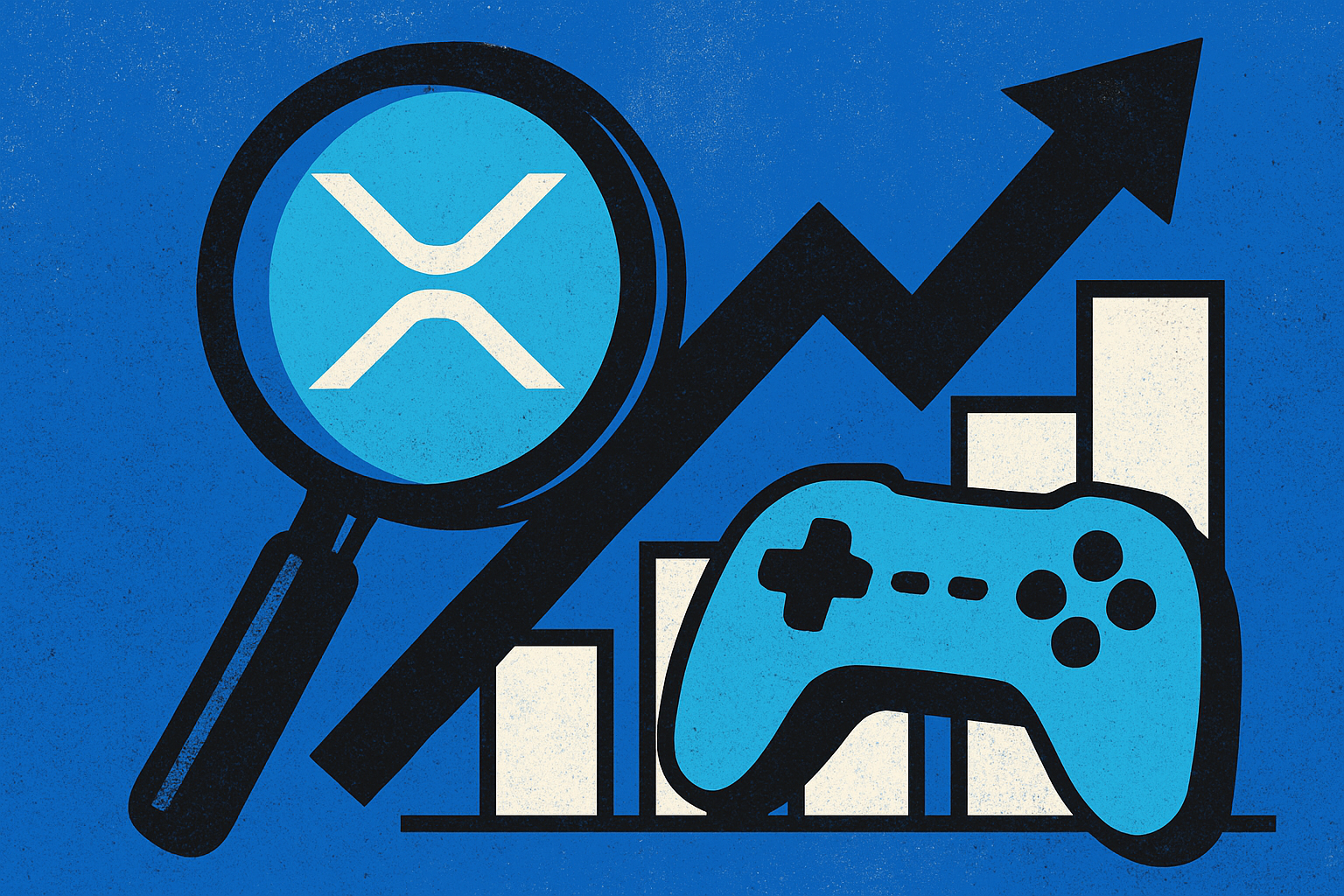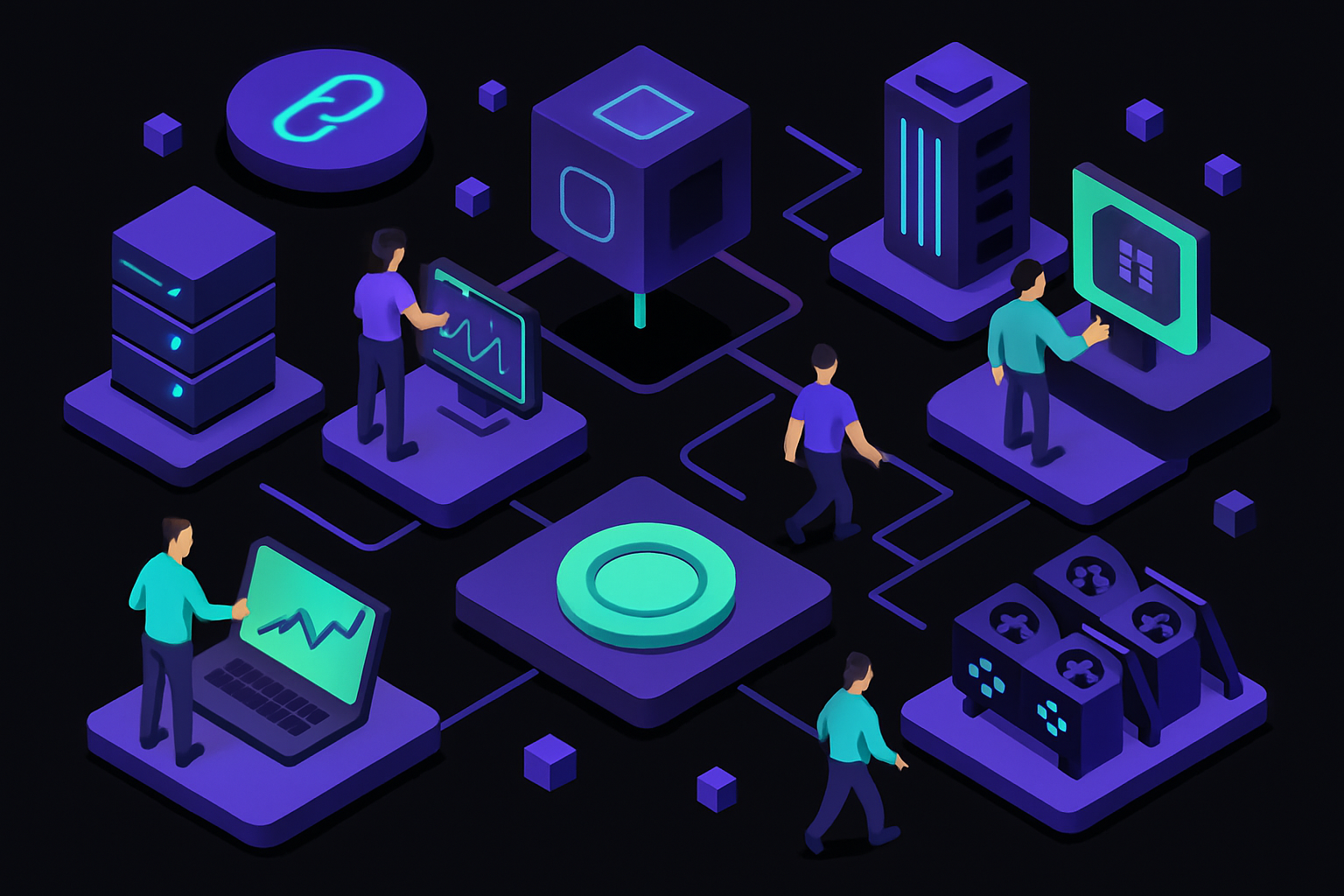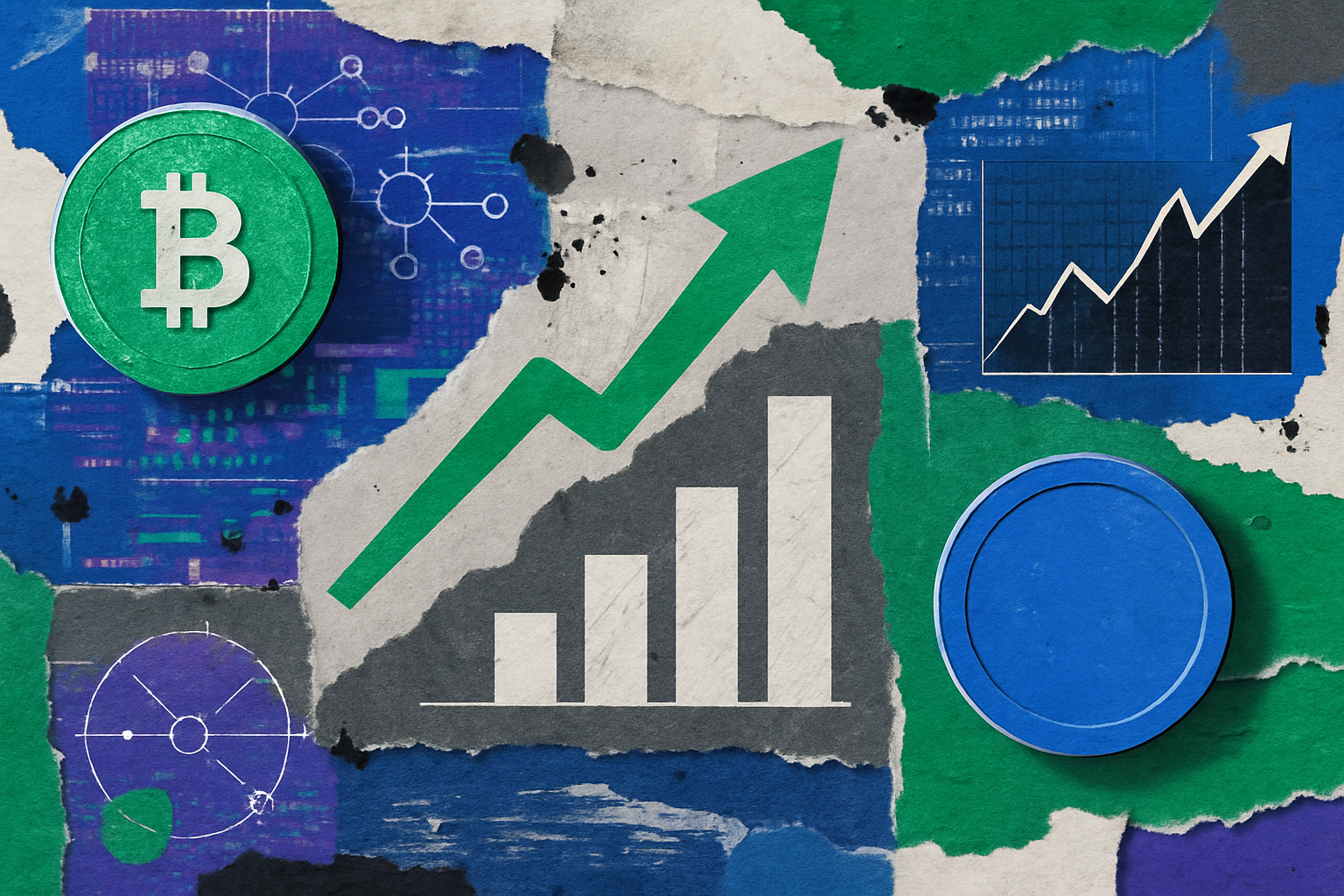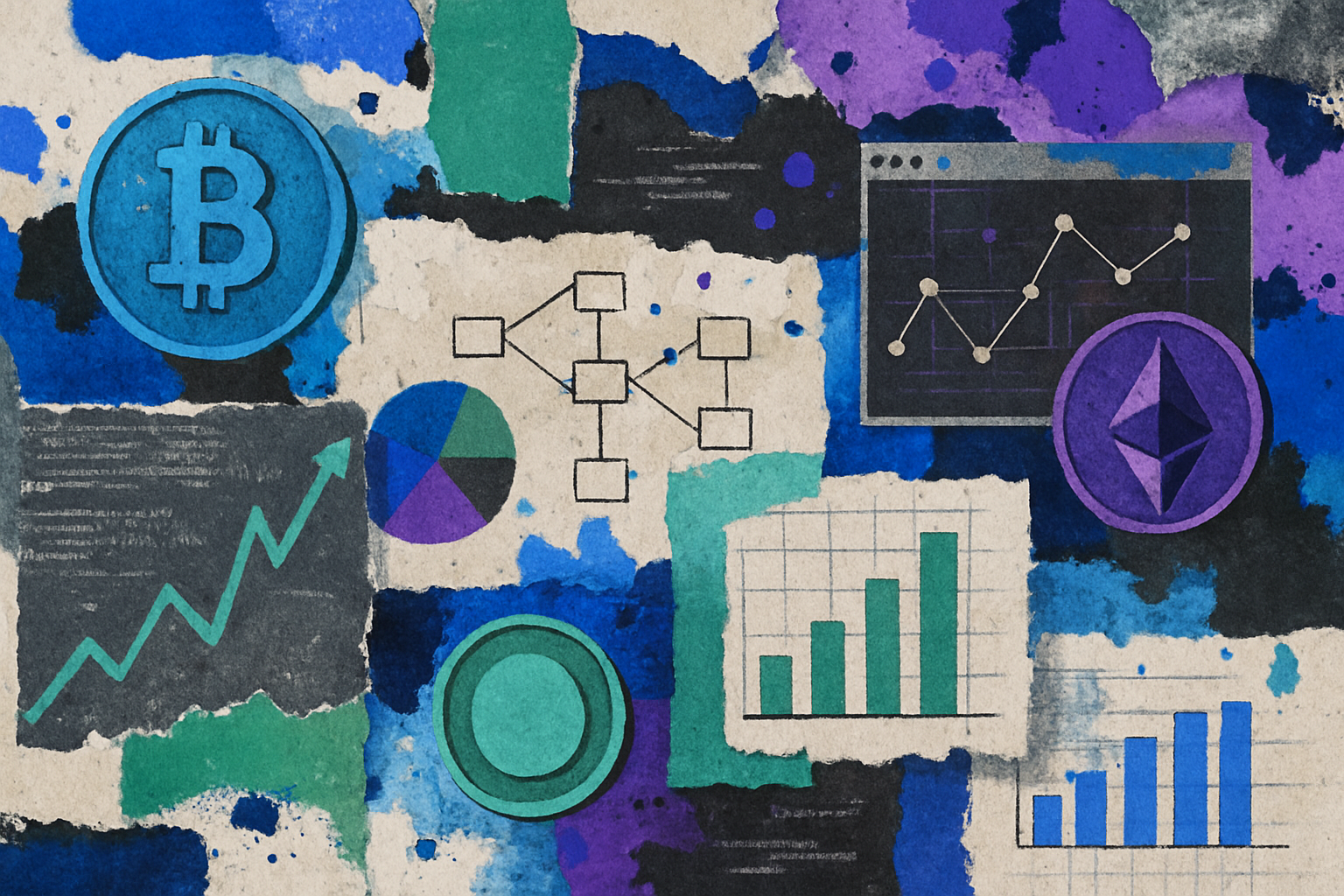
The launch of dynamic NFTs (dNFTs) on the XRP Ledger is redefining what it means to own and interact with digital assets in online games. As of June 2025, the XRPL’s DynamicNFT amendment has enabled a new breed of upgradeable in-game assets, setting a fresh standard for NFT gaming economies and interactive metaverse experiences. With XRP currently trading at $2.22, this protocol-level innovation is attracting both developers and players eager to explore the next generation of Game-Fi NFTs.
![]()
Why Static NFTs No Longer Satisfy Modern Gamers
Traditional NFTs are immutable by design. Once minted, their metadata and associated visuals are locked forever. While this fixed nature provides authenticity, it limits adaptability – an increasingly glaring shortcoming in immersive games where personalization and progression are king. Modern players expect their digital weapons, avatars, or vehicles to evolve with their achievements.
This is precisely where dynamic NFTs come into play. With dNFTs on the XRPL, each asset can now react to player actions or in-game events: swords gain new traits after epic battles, pets level up with experience points, and virtual real estate morphs as owners customize environments. The metadata driving these changes is mutable post-minting thanks to the tfMutable flag, which allows developers to update an NFT’s URI field securely and efficiently.
The Technical Leap: How XRPL Implements dNFTs Natively
The XRP Ledger’s approach stands apart from other blockchains that rely heavily on complex smart contracts for NFT logic. By integrating dNFT functionality directly into its core protocol, XRPL offers several advantages:
- Simplicity: No need for custom smart contract code reduces attack surfaces and developer overhead.
- Speed: Transactions update asset data quickly thanks to XRPL’s high throughput.
- Automatic Royalties: Creators benefit from native royalty enforcement – every time a dNFT changes hands in secondary markets, a percentage automatically returns to its originator.
This technical foundation not only boosts security but also lowers gas costs compared to Ethereum-based alternatives. As a result, more studios can deploy upgradeable in-game assets without facing prohibitive infrastructure challenges or transaction fees.
Evolving Game Economies: Real Use Cases Emerging
The real power of dNFTs is now being demonstrated by pioneering projects like XRP MegaBits – interoperable 3D avatars designed for metaverse ecosystems and evolving Game-Fi identities. Early adopters are leveraging mutable metadata for features such as:
- Trait upgrades: Weapons that gain elemental powers after boss fights
- Evolving skins: Character appearances that reflect seasonal events or player milestones
- Loyalty rewards: Pets or mounts that unlock exclusive abilities based on playtime or achievements
This shift isn’t just cosmetic; it fundamentally alters value perception in player-driven marketplaces. Owners can now nurture rare items over time rather than simply collect static objects – opening new strategies for investment and engagement within the broader NFT gaming economy.
As these dynamic NFTs become more prevalent, secondary markets are adapting as well. The ability to update an asset’s metadata means rarity and value can fluctuate in real-time, depending on how a player interacts with their NFT. This brings new dimensions to Game-Fi speculation: will the next legendary sword be forged by a top-tier guild, or will an underdog player evolve a common item into a coveted collectible? The answer is now determined by gameplay and community participation rather than random minting alone.
Another critical advantage of XRPL’s native dNFTs is interoperability. Projects like XRP MegaBits are already building 3D avatars that can traverse multiple virtual worlds and metaverse platforms. Because XRPL’s dNFT standard is flexible, it’s possible for assets to retain their evolving traits across partnered games, blurring the lines between isolated ecosystems. This not only enhances player agency but also strengthens cross-platform loyalty and collaboration.
Risks and Considerations for Players and Developers
While dynamic NFTs unlock powerful new possibilities, they also introduce novel risks that both gamers and studios need to manage:
- Market volatility: The mutable nature of dNFTs means asset values can swing rapidly as traits change, requiring more active monitoring by investors.
- Security: Although XRPL’s protocol-level approach minimizes attack vectors, any off-chain logic used to determine upgrades (such as centralized game servers) must still be robustly secured.
- Permanence vs. Flexibility: Some collectors may still prefer immutable assets for provenance; projects need to clearly communicate which NFTs are static and which are dynamic.
For developers, adopting XRPL’s dNFT features demands thoughtful design, balancing meaningful progression with fair market mechanics so that trait upgrades enhance gameplay without tipping into pay-to-win territory. Transparency around upgrade logic and metadata changes will be key for maintaining community trust.
The Road Ahead for Dynamic NFTs on XRPL
The activation of dNFTs has positioned the XRP Ledger at the forefront of blockchain gaming innovation. With XRP holding steady at $2.22, interest from both indie game studios and established publishers is accelerating. Expect to see more experiments with cross-game avatars, evolving digital collectibles, and even real-world integrations, such as sports NFTs whose stats update based on live events or fitness achievements.
The line between static collectibles and living digital identities is fading fast. As mutable NFTs redefine ownership in gaming economies, those who adapt early, whether as players, creators, or investors, stand to benefit most from this new paradigm of interactive value creation.




